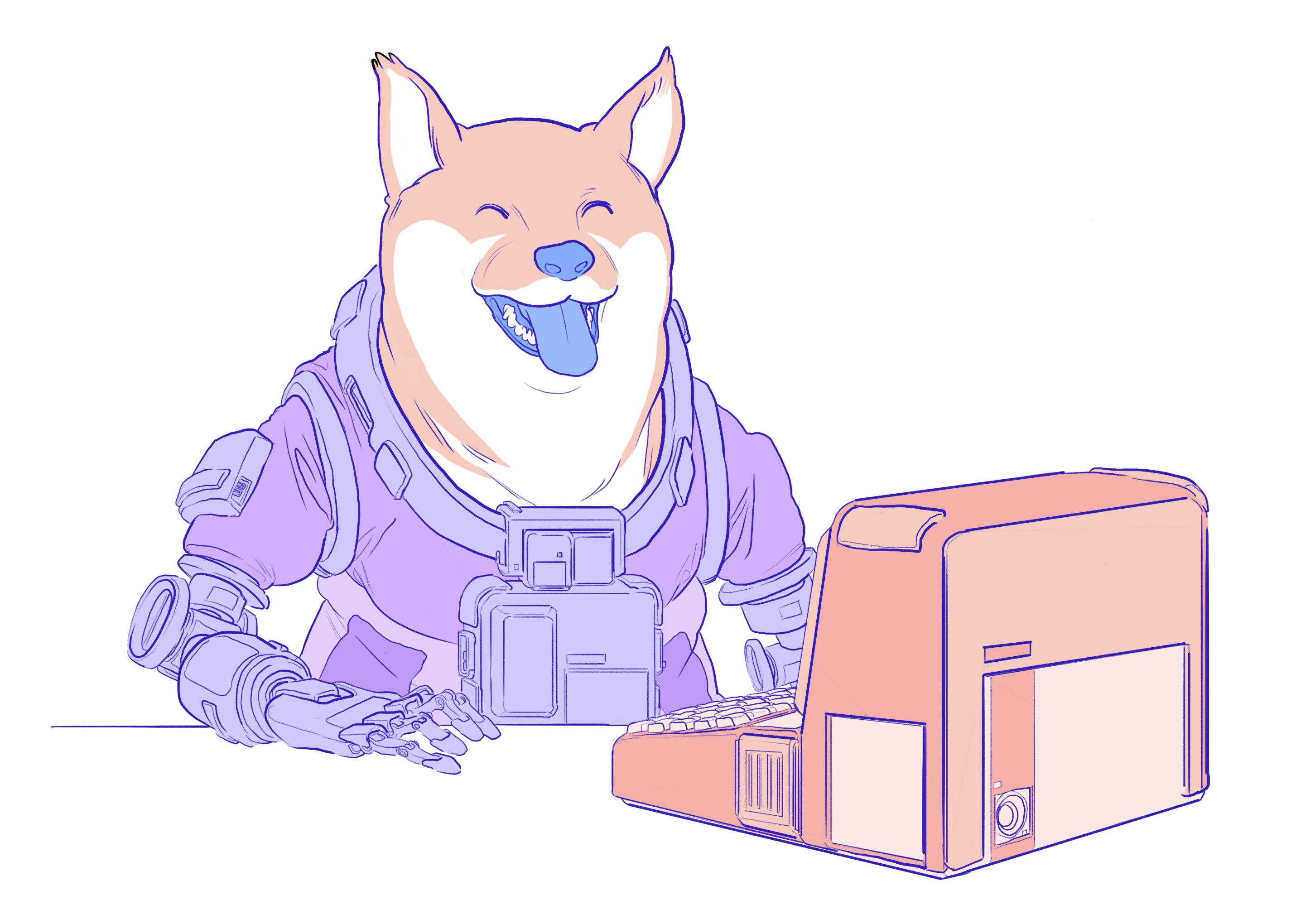Hello Ethereum community! It’s been a few months since our last update, so it’s time we let you know what’s happening on ethereum.org.
First of all, we now use Gatsby
Under the hood of ethereum.org, we moved from Vuepress to Gatsby. Now, this won’t be immediately obvious to anyone visiting the website, but it will help us scale Ethereum.org. Our team prefers React (lots of people do) and has experience with MDX – so we should be able to deliver better content, faster.
If you’re up to date on your Eth2 calendar, you might say that Gatsby is our phase 0. It sets us up for future success.
If you’ve never been a fan of Vuepress and Gatsby is more your thing, we’d love for you to do so contribute. This new section describes ways you can help ethereum.org grow and improve.
New illustrations
We worked with independent artists to bring Ethereum to life. With nods to doge, open source bazaar, and the money-legos meme, we hope you like the new vibe of the site.
You are free to use any of the illustrations – they are intended for the community.
New page designs
We’re also working on revamping our onboarding content, like the pages that introduce you to Ethereum, Ether (ETH), wallets, and dapps. Over the coming months, we want to make ethereum.org a better resource for new users. To that end, we’ve added more information to these pages, to make them look less like a “Github”. README“, and adding useful features.
One feature we shipped recently is our Get the ETH page. This helps you find wallets and exchanges you can use to buy ETH, based on where you live. We hope this will prevent new users from trying to sign up for an exchange they won’t be able to use, or downloading a wallet where they won’t be able to purchase ETH. It’s about reducing that friction!
So far we have shipped:
Check them out and tell us what you think!
A new framework
Part of our duty at ethereum.org is to shine a light on the fantastic work the community is doing – from dapps to wallets to articles. But we also want to make sure that we’re directing users to information that won’t confuse or overwhelm them.
It’s a bit of a balancing act sometimes. So we’ve developed a framework to help us determine what we should list and what we shouldn’t list. The framework covers wallets and dapps, stating our inclusion criteria and reasons.
The framework looks at a product’s commitment to security and support, as well as some cool features that can help new users.
Discover the framework
As with all things Ethereum.org, we welcome feedback from the community if you have any ideas.
ethereum.org is available in 30 languages
You may have already heard about this in a previous article, but we now offer content to users in 30 languages.
467 volunteers from 52 language groups helped us get there. This has been an incredible community effort – on our way to the next 30!
You can learn more about the translation program and this important step in the celebration post.
What’s next?
While many of you were tending your crops, we were planting the seeds for exciting new content.
Over the next few months we will be shipping pages covering:
- Wallets
- Dapps
- Eth2
- Ethereum development documentation
- and much more…
So we’re going to be busy – until next time.
Get involved
ethereum.org is a community project. If you would like to help us, visit our pages on contribute or our road map.







